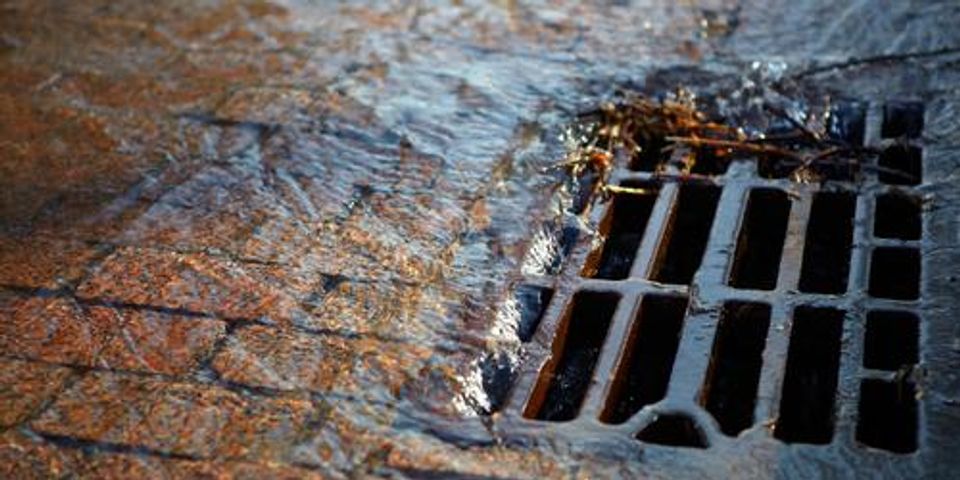Top 3 Tips on Keeping Harmful Chemicals Out of Your Storm Drain System

A storm drain system helps to prevent flooding on properties and throughout neighborhood streets by draining rainwater and melted snow from paved surfaces. Unlike drained water in a sewer system, the liquid that goes through a storm drain is not cleaned at a treatment plant. As a result, any harmful chemicals that end up in these drains can impact wildlife, recreation, and forestry. Here’s a look at what you can do to minimize these effects and keep your system running optimally.
How to Keep Harmful Chemicals Out of Your Storm Drain System
1. Keep Your Car Maintained
If you regularly change your vehicle’s fluids and check for leaks, you can prevent these chemicals from leaking onto paved surfaces, where they may drain into the storm pipes. You should also wash your vehicle over the lawn or gravel, as these can neutralize soap and grime, rather than sending it directly to creeks and streams.
2. Don’t Drain Your Pool
 You should never drain a pool, spa, hot tub, or fountain to the storm drains. This is because many people use chemicals like chlorine to clean the water in these features. If you must drain your pool, for instance, you should allow the chlorine to dissipate first. A professional will help you do this properly. You should also contact your local municipality to ask about any restrictions or regulations.
You should never drain a pool, spa, hot tub, or fountain to the storm drains. This is because many people use chemicals like chlorine to clean the water in these features. If you must drain your pool, for instance, you should allow the chlorine to dissipate first. A professional will help you do this properly. You should also contact your local municipality to ask about any restrictions or regulations.
3. Keep Your Septic System Well Maintained
Finally, keep your septic system well maintained. If it begins to leak, it will cause harmful bacteria and chemicals to leach into the storm drains. Have it inspected regularly by a professional, pump it every one to three years, and call an expert at the first sign of problems like sewage backups.
If you notice any problems with your storm drain system, reach out to the water and sewer line professionals at H.C. Eavers & Sons Excavating. Based in Stuarts Draft, VA, these professionals offer the services necessary to keep your system in top shape. Give them a call today at (540) 337-1286 to learn more about how they can help you, or visit their website for additional information.
About the Business
Have a question? Ask the experts!
Send your question

